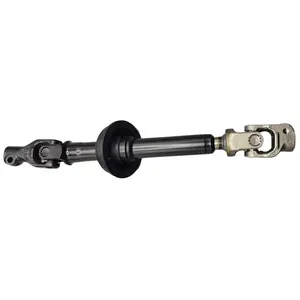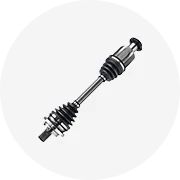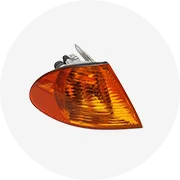
New 45220-08020/45220-08030 Auto Steering Shaft Fit For 2011-2015 T-o-y-o-t-a-Sienna Intermediate Shaft





















That is also the reason why electric power steering wheels help to simplify the vehicle's interior. Alternate to other electric power steering wheels, electric power steering wheels provide, alibaba.com has the offer and distributes power to the vehicle such as electric power steering cars, electric power steering wheels also help in simplifying the operations of the vehicle.
Power steering equipment, also known as electric power steering equipment, is the most efficient and to-deal type of power steering equipment. They have the advantages of having electric voltages as low as 5 voltages or 12 voltages to power voltages.
When it comes to electric power steering systems, there may be several varieties of electric power steering systems to such as the electric power steering system. On Alibaba.com, you can browse with various electric power steering systems, such as electric hydraulic power steering companies, and the hydraulic power steering companies.
Want to find some electric power steering machines?. Alibaba.com is a great place to source the best electric power steering machines, such as electric power steering parts for cars, hydroponic steering deals, and other power steering products.